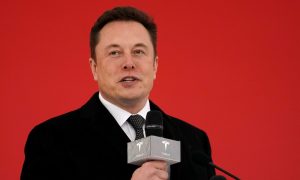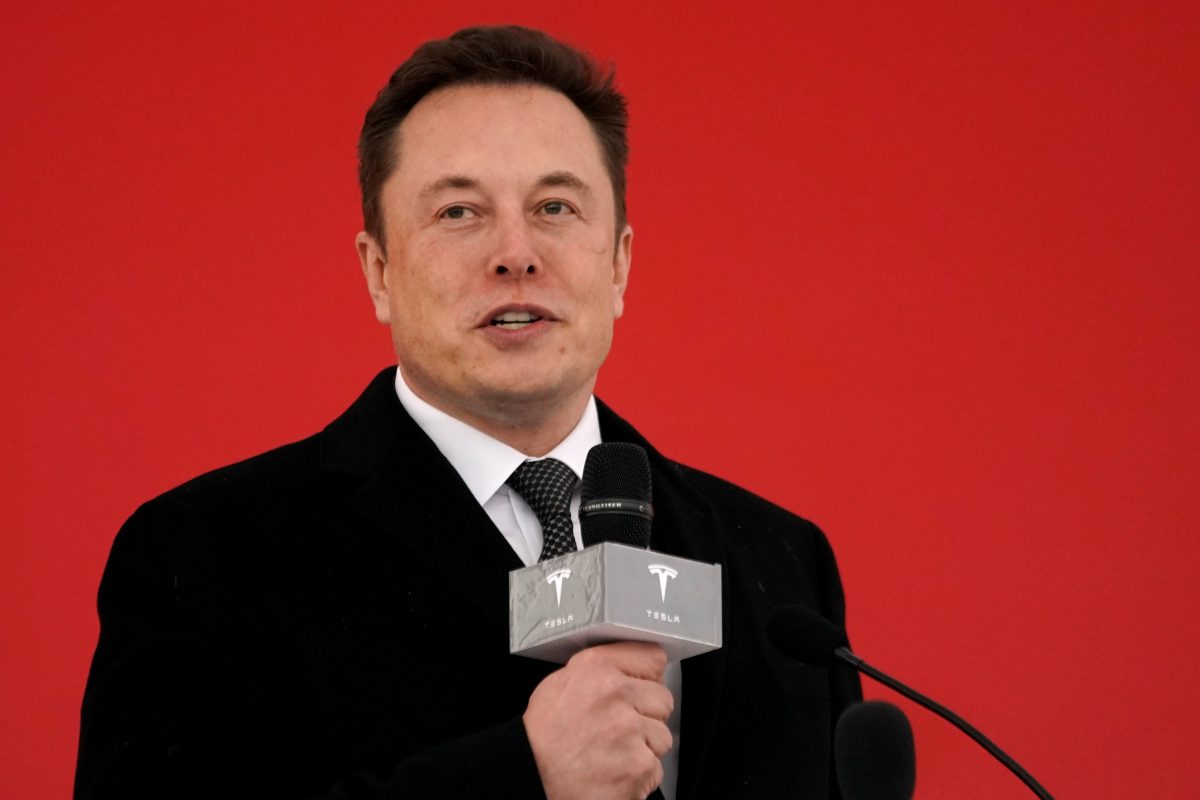
Twitter is dealing with a “heavy debt load” after losing about 50 percent of its advertising revenue, and that has resulted in the app having a “negative cash flow,” Elon Musk, the company’s owner, wrote on July 14.
“We’re still negative cash flow, due to ~50 percent drop in advertising revenue plus heavy debt load. Need to reach positive cash flow before we have the luxury of anything else,” Mr. Musk wrote on Twitter over the weekend. He didn’t elaborate.
It’s unclear what time frame Mr. Musk was referring to by the 50 percent drop in ad revenue. He has said Twitter was on track to post $3 billion in revenue in 2023, down from $5.1 billion in 2021.
In October 2022, Mr. Musk acquired Twitter in a deal that cost about $44 billion. In the immediate aftermath of the acquisition, he reportedly laid off thousands of employees in what he said was an attempt to cut costs.
Months later, in April, he told a BBC reporter that the company is breaking even, saying that a number of advertisers had returned. The following month, he hired former NBCUniversal executive Linda Yaccarino to be Twitter’s CEO.
Ms. Yaccarino, who started working at Twitter in early June, has told investors that Twitter plans to focus on video, creator, and commerce partnerships and is in early talks with political and entertainment figures, payments services, and news and media publishers. Meanwhile, Twitter on July 13 said that select content creators will be eligible to receive a part of the ad revenue the company earns, in an attempt to draw more content creators to the site.
Mr. Musk wrote on July 16 in another post that his social media company didn’t see the increase in advertising revenue that was anticipated in June, writing that “July is a bit more promising.” Internal service Twitter Spaces also hasn’t generated revenue yet and is only costing the company money, Mr. Musk said.
Left-wing users and some European officials have criticized Twitter over what they claim to be lax content moderation, followed by an exodus of many advertisers who claimed they did not want their ads appearing next to allegedly inappropriate content. At the same time, however, Mr. Musk has vowed to cleanse Twitter of child abuse content and target users who promote human trafficking.
“It’s definitely been extremely difficult,” Mr. Musk said in Twitter Spaces last month alongside Democratic candidate Robert F. Kennedy Jr. “Basically, our revenue is cut in half because we didn’t toe the [political] line.” He also said it’s been a “huge struggle for Twitter to break even.”
Earlier this month, Mr. Musk found himself competing with Meta Platforms’ Threads, an app that appears similar to Twitter, and had more than 100 million users sign up in the first several weeks. But recent analytics data suggests that engagement has dropped, while a number of users have left the platform altogether.
“The Threads launch really did ‘break the internet,’ or at least the Sensor Tower models,” Anthony Bartolacci, managing director at marketing intelligence firm Sensor Tower, told CNBC last month. But the company said that the number of daily active users was down 20 percent last week from July 8, adding that the time spent per user was down 50 percent, to 10 minutes from 20 minutes in that same time period.
“These early returns signal that despite the hoopla during its launch, it will still be an uphill climb for Threads to carve out space in most users’ social network routine,” Mr. Bartolacci said. “The backing of Meta and the integration with Instagram likely gives Threads a much higher flood than other services, but it will need a more compelling value proposition than simply ‘Twitter, but without Elon Musk.’”
At the same time, some prominent tech executives have complained that Threads has already engaged in censorship and is actively collecting users’ data.
Reuters contributed to this report.


















































